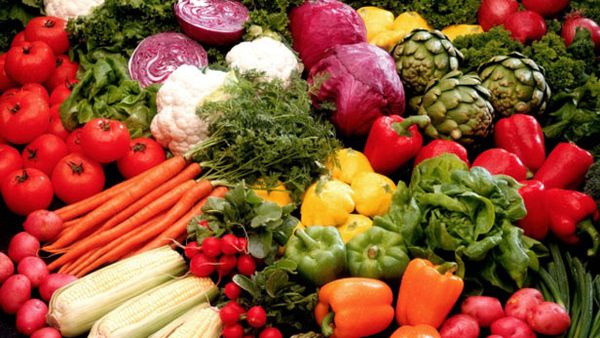



Article by: Hari Yellina
The most recent, catastrophic floods in NSW bring additional negative news for the cost of green vegetables. The top farming organisation in the state issued a warning about supply problems in Sydney due to flooding fields and damaged greenhouses. According to NSW Farmers president James Jackson, “certainly some of the suppliers of some fruit and vegetables in Sydney will be a little squeezed and when supply reduce, the prices go up, so there will be pricing consequences.” “I believe there will continue to be a shortage of your brassicas, such as cabbage, cauliflower, and broccoli, as well as leafy vegetables. “Those kinds of crops, in my opinion, will either be eliminated or pushed back in terms of harvest time.” He claimed that the recent floods’ effects on supplies, which resulted in price increases will most likely only be felt in Sydney.
According to Mr. Jackson, the severe weather in the Hawkesbury-Nepean Valley will cause “serious devastation.” He stated that while farmers in the Sydney Basin were still suffering, happily, horticulture growers in the Lockyer Valley had escaped this time, preventing a significant impact on supply. According to him, Sydney genuinely produces a lot of fruits and veggies. It’s a sizable producing facility. Although it covers a very small region, it is quite important. He said, “There’s food worth a billion dollars that flows out of the Sydney Basin, not just fruit and vegetables.” “That will undoubtedly be impacted to some extent.”
Although it was too soon to estimate the amount of the damage, AusVeg, the national organisation for vegetable growers, said it was another blow to the sector. According to Shaun White of AusVeg, “many producers around Australia, notably in Queensland and New South Wales, have coped with extreme weather occurrences this year.” “Growers across the nation are also dealing with significant increases in the cost of production, with global economic factors and supply chain issues leading to increased costs of critical farm inputs, including fertiliser, fuel, and chemicals as a result of global shipping issues and the war in Ukraine, as well as wage pressure due to the labour shortage in Australia.”
Reporters questioned Coles, Woolworths, and Aldi supermarkets about how the floods would influence their capacity to get their hands on fresh food and whether their suppliers had been impacted. Only Aldi offered a revision. An Aldi spokeswoman claimed that earlier in the year’s significant rainfall in key agricultural regions was to blame for the product constraints that customers were still suffering. Although we are working with our producers to closely monitor the situation, the current destructive weather systems are not currently having a significant impact on major production locations. It is known that Coles is now discussing the problem with supply chain partners.
Fortunately, Mr. Jackson’s predictions of supply shortages in Sydney may only be temporary, as it is anticipated that by the end of the month, fresh vegetable availability will increase along the entire eastern seaboard as producers in southern Queensland recover from earlier-in-the-year floods. This year, supply problems and inflation have caused fruit and vegetable prices in Australia to skyrocket. The well-known “lettuce issue” even garnered international attention when KFC acknowledged that, due to supply constraints, it was substituting cabbage for lettuce in its burgers. According to data from the Australian Bureau of Statistics, the cost of food increased by 5.3% on a yearly basis in March. Prices for meat and fish rose 6.2% during the past year, while those for fruits and vegetables rose 6.7%.